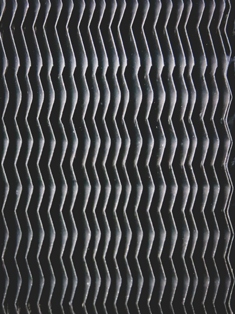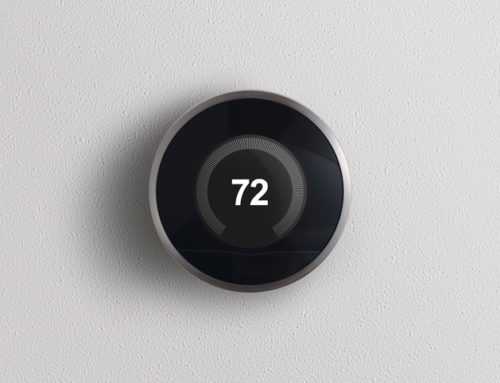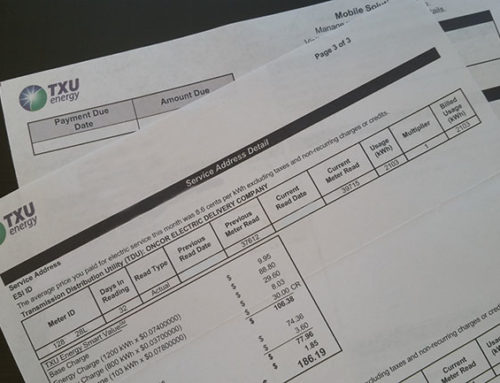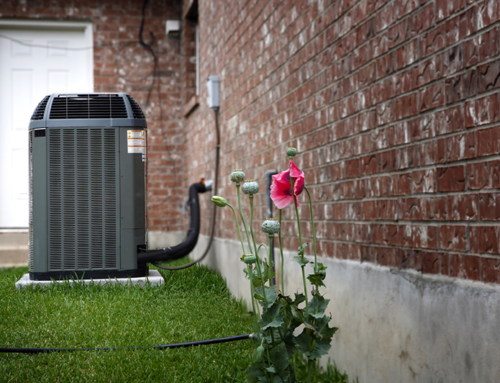Your home’s air conditioning system uses heat transfer in order to cool your home. In other words, the system takes the heat from the air inside your home and transfers it outside. The condenser unit plays an important role in this process by essentially dissipating the heat carried to the outdoor unit. This allows the cooling process to continue.
Condenser, Evaporator, and Compressor
The condenser is one of three primary elements in your air conditioning system. The other two, the evaporator and compressor, are also important. To understand how the condenser works, it’s important to understand the other two as well.
- Evaporator: The system starts in your home with inside air being blown over evaporator coils. These coils contain low-pressure refrigerant which absorbs the heat from the air and converts into a high-pressure gas.
- Compressor: The gas is transferred into the compressor, which is in the outside unit. Here, it’s compressed to help convert it back into a liquid so it can continue the cooling cycle. This produces extra heat.
- Condenser: The condenser is a set of coils, also located inside the outdoor unit. Here, a fan blows across the coils, dissipating the heat from the refrigerant inside them and allowing it to convert back into a liquid, at which point it’s sent back inside to start the process over again.
Without the condenser, the refrigerant would retain its heat and the process would not work. Therefore, it’s important to be able to tell if the condenser is malfunctioning or broken.
Diagnosing Condenser Problems
Often, the problem may not be with the condenser coils themselves, but with the fan or motor in the outdoor unit. The following signs can let you know if the condenser is broken:
- Air conditioner blows warm air inside.
- Outdoor condenser fan doesn’t run.
- Refrigerant leaks from outdoor unit.
The most surefire way to diagnose AC problems, of course, is with a skilled professional. Climate Tech Air Conditioning and Heating can determine the problem and provide the needed repairs.








